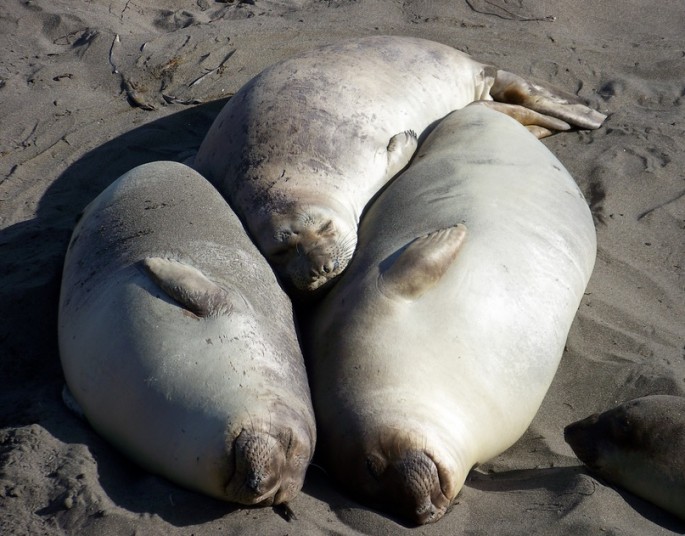Scientists believe that rising levels of mercury concentrations in coastal waters are caused by the shedding of fur from elephant seals, harming coastal ecosystems in the long run. Apparently, this process is now boosting the most toxic form of mercury concentrations in a marine environment.
Mercury concentrations like these can reach up to 1 million to 10 million times higher compared to sea water levels when it goes through the food chain. Since predators like the sea elephants prey on loads of fish, high concentrations of mercury are now increasing inside their bodies, where they excrete this toxic element via fur shedding.
To date, many marine ecosystems are threatened by this mercury poisoning in the form of its most toxic form called methylmercury or MeHg. Scientists from the University of California in Santa Cruz have determined that elephant seals are the mysterious source of this mercury contamination of coastal environments.
MeHg is also considered as a potent neurotoxin that is instantly absorbed and accumulated within bodies of marine animals and organisms. Scientists believe that this toxin is released via excrement and fur from the northern elephant seals.
According to co-author of the study, Russell Flegal, who is a professor of microbiology and environmental toxicology at UCSC, elephant seals apparently undergo a "catastrophic molt" each year where the large animals shed their outermost layer of skin and fur. The study revealed that levels of methylmercury increased during seasonal changes especially during molting season.
The team studied coastal sites such as the Año Nuevo State Reserve in California where a northern elephant seal rookery is located. Researchers found out that MeHg concentrations there were two times as high during breeding period and even 17 times higher during molting season.
Apart from this, high mercury concentrations were observed in the molted pelage around the area where Flegal says that this internal recycling, returning to the coastal ecosystems just adds to this problem.
Researchers are still unable to pinpoint the effects of high mercury concentrations among elephant seals.This study is published in Proceedings of the National Academy of Sciences.



























